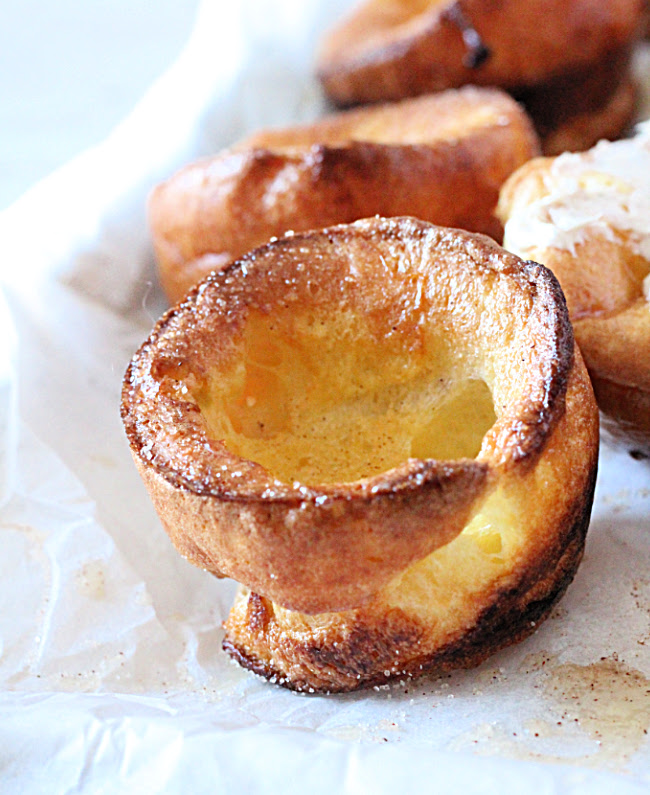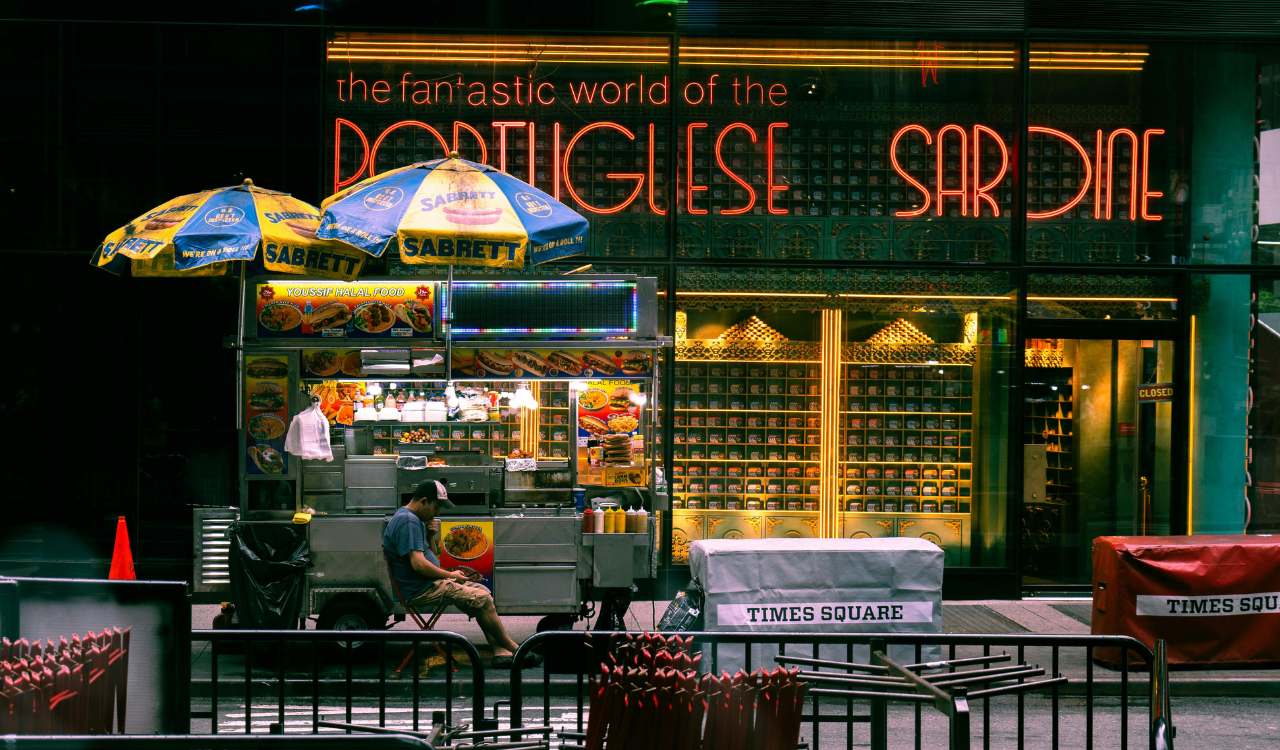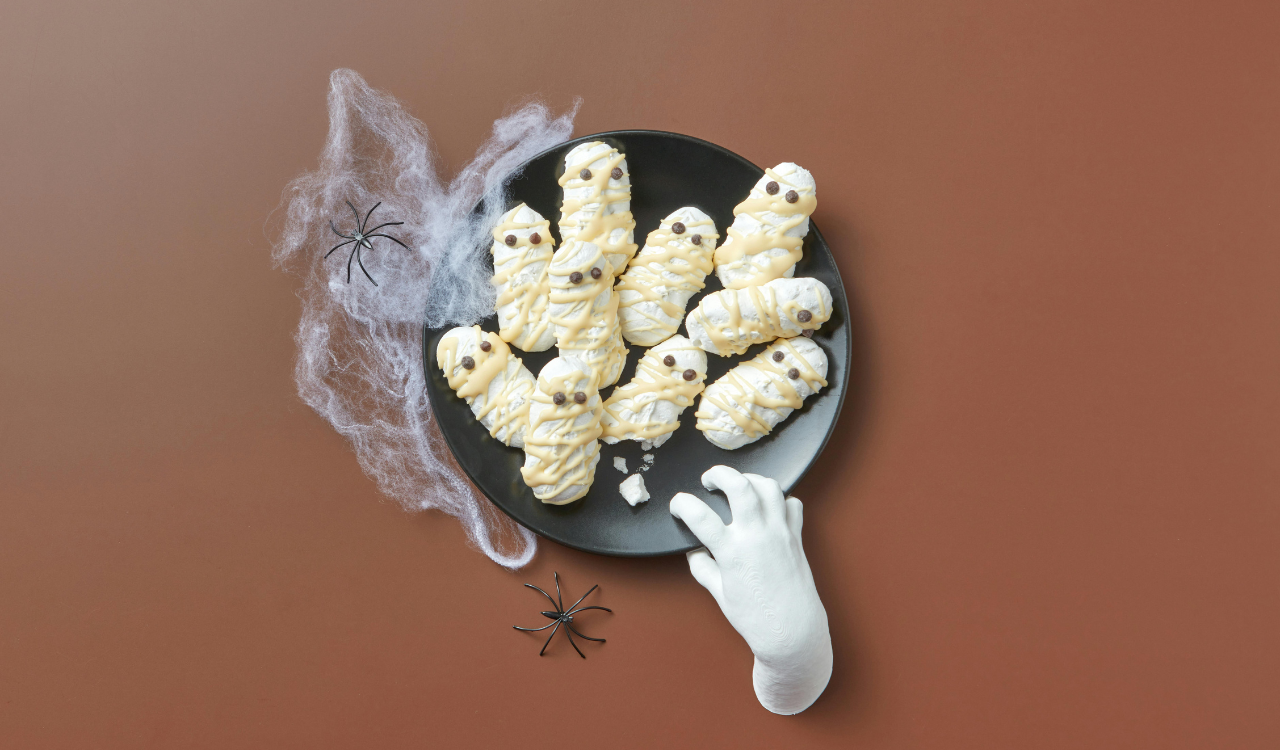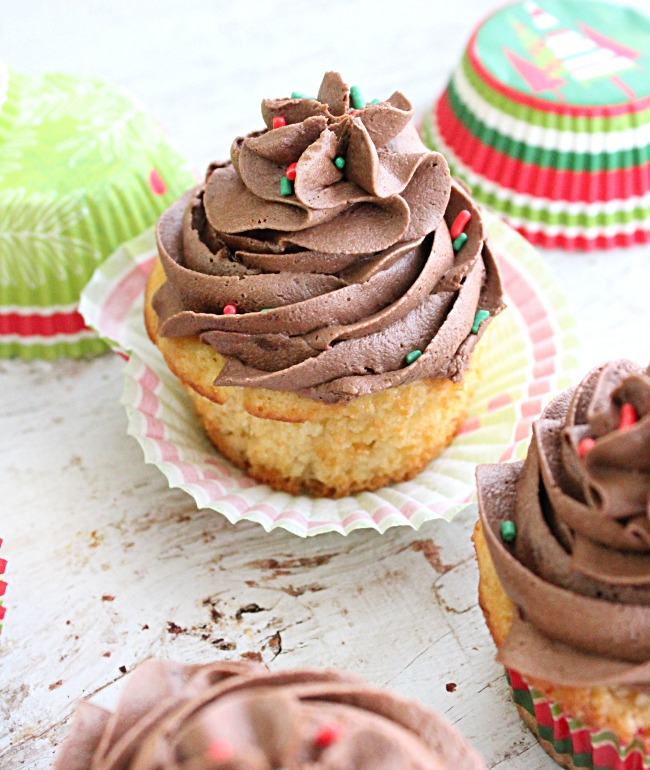8 Weird Food Trends From the 50s That Were Kind of Brilliant
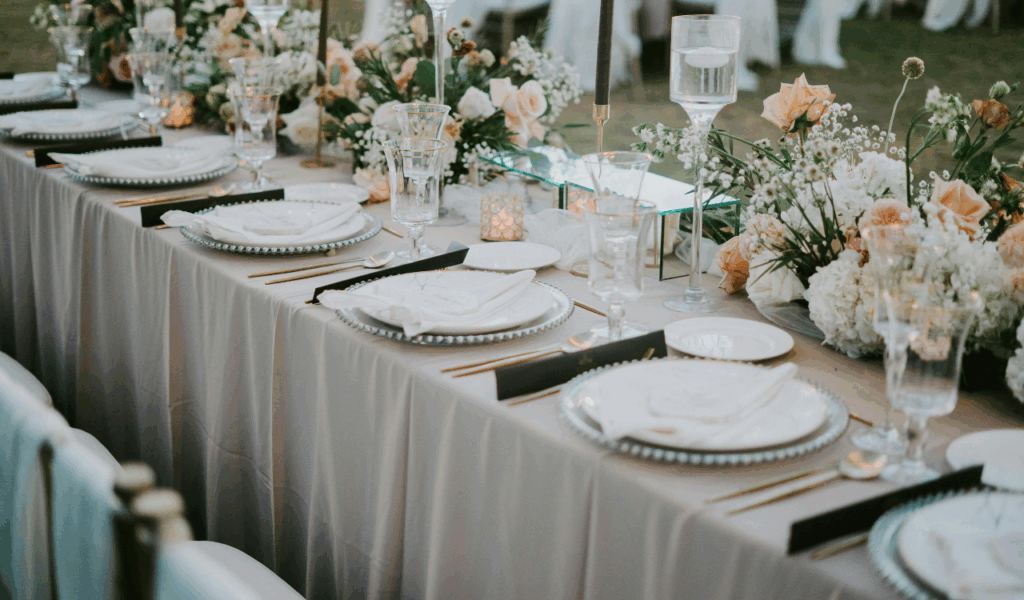
The 1950s were an interesting time for cuisine. After the war, people were hopeful, and new home equipment made cooking and eating different. Some of the trends from that time might appear strange now, but a lot of them were inventive, ingenious, and remarkably smart for their time. These old-school experiments led to current cuisine that is easy and fun, from gelatin masterpieces to kitchen shortcuts.
1. Jell-O Molds for Everything
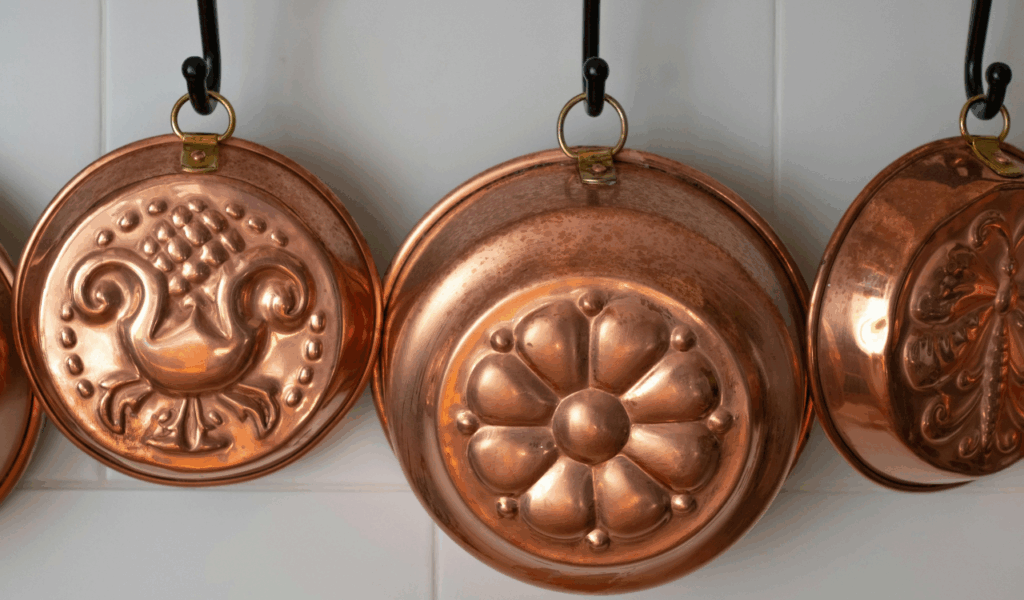
In the 1950s, gelatin molds were the most popular way to have fun at home. Hostesses made delicious art by stacking meats, veggies, or fruits inside shimmering pyramids of Jell-O. It sounds strange now, but before refrigeration got better, gelatin was used to keep food fresh and give it structure. The ingenuity was amazing; each mold looked like a work of art. This trend got Americans thinking about how food is presented and set the stage for today’s fixation with making food look good on Instagram.
2. Casseroles as Culinary Efficiency
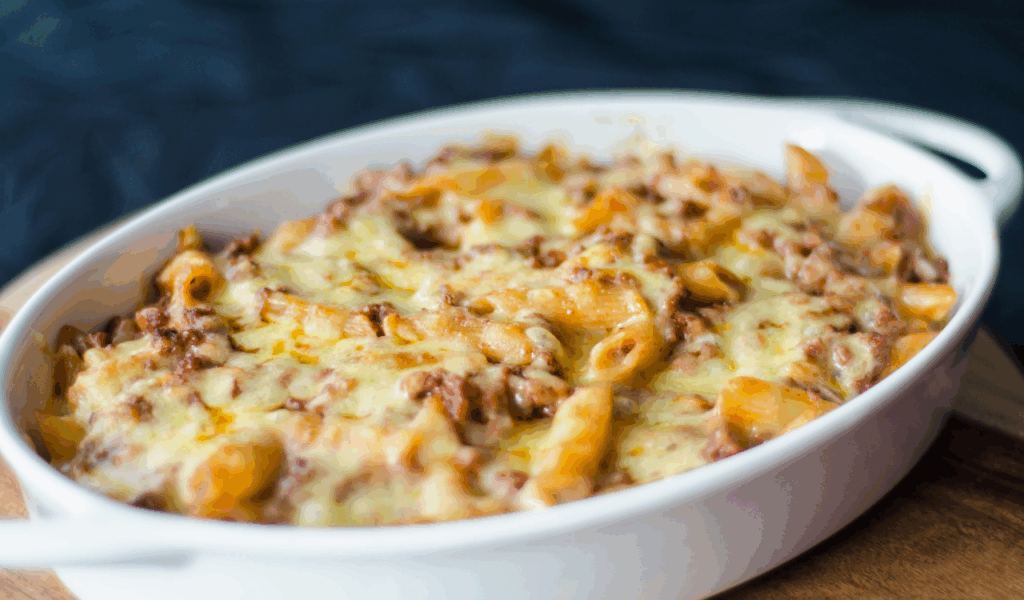
Casseroles come to stand for ease and community. Housewives would put canned soup, pasta, or veggies together in one baking dish that could feed a family on a budget. The genius was in how practical it was: little work, big results, and quick cleanup. Tuna noodle casserole, in particular, was a very comforting dish from the middle of the century. It showed how people were starting to rely more on manufactured foods around that time, but it also showed how important it was to be creative and work together with little components.
3. SPAM and Canned Meats as Everyday Staples
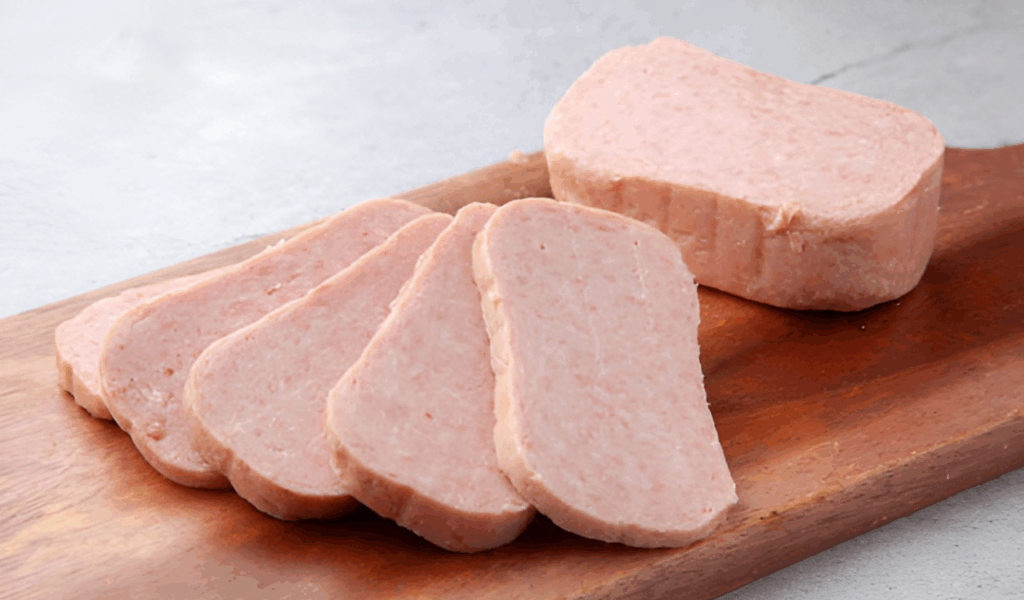
In the 1950s, canned meats like SPAM and deviled ham were must-haves in the cupboard. They were cheap, could be stored on a shelf, and could be used in many ways, such in sandwiches or casseroles. People don’t give these things enough credit for how they helped stretch protein when fresh meat was hard to find or store. They also led to the current habit of turning cheap products into fancy meals. For example, SPAM musubi and fried SPAM sandwiches are both based on this frugal time.
4. Aspic: The Savory Side of Gelatin
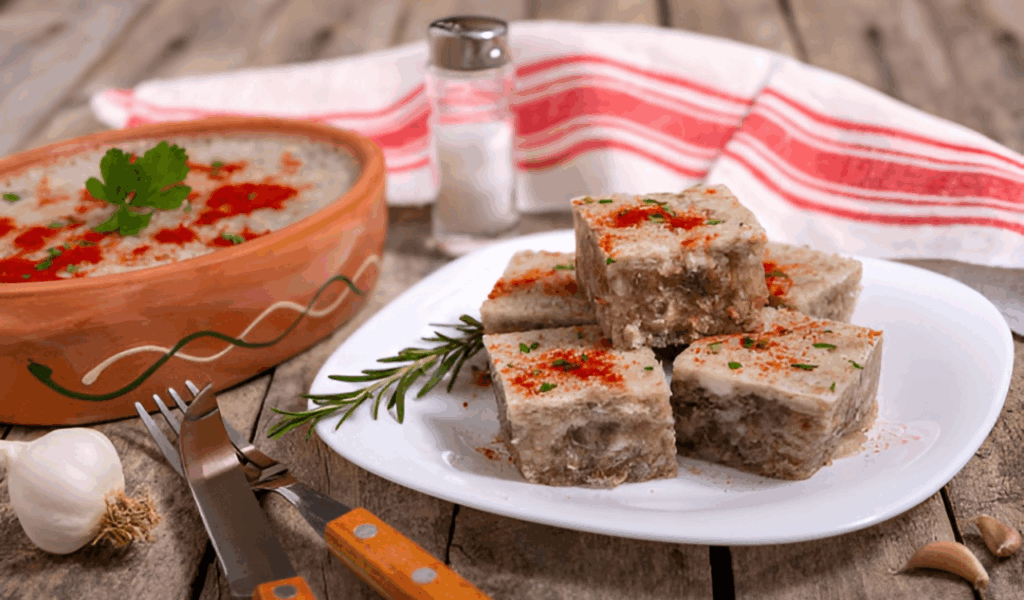
Aspic, a savory gelatin created from meat stock, was another 1950s dish that seems strange now. People who cooked at home put meats, seafood, or boiled eggs in transparent jelly. Aspic may have looked strange, but it had a useful purpose: it kept leftovers fresh before refrigerators were common. It held the tastes within and looked beautiful and shiny at dinner gatherings. This “weird” trend is much more sophisticated than it seems because it comes from good European cooking.
5. Atomic Age Presentation
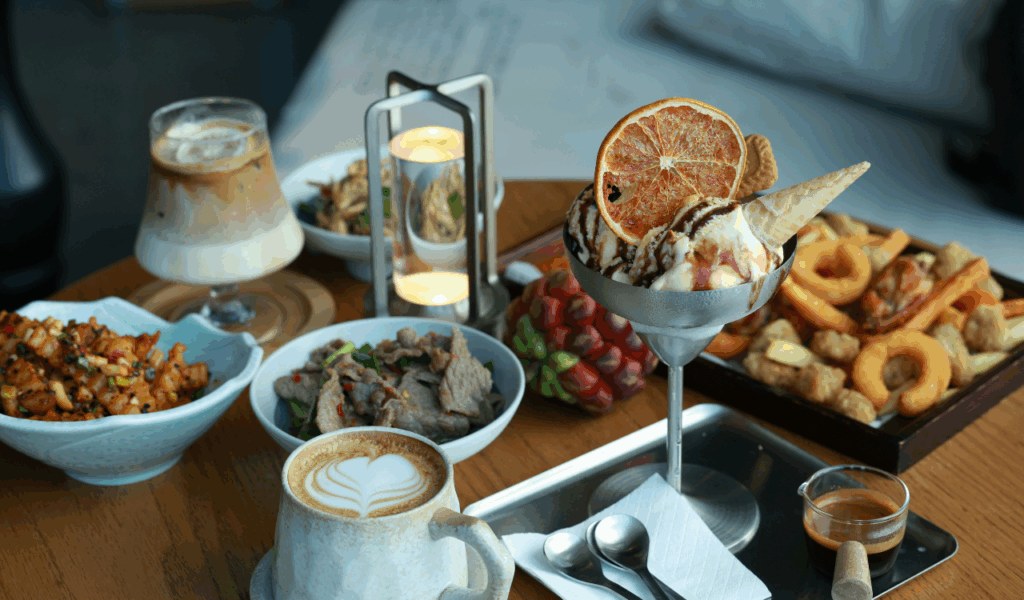
The sight of food was just as important as the flavor throughout the Atomic Age. The bright colors, futuristic garnishes, and geometric layouts showed how exciting the space race was. Cookbooks showed desserts with many colors and hors d’oeuvres that looked like sculptures. This made eating a performance, with food that was fun, current, and hopeful. It taught home cooks that how food looks can be just as important as how it tastes, a principle that chefs still follow today.
6. Pineapple on Everything
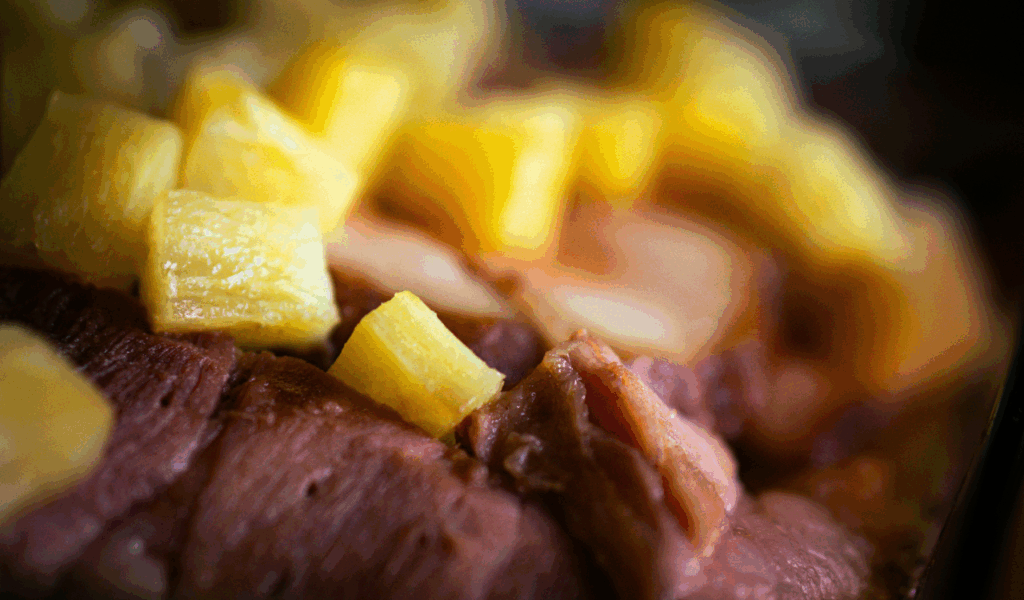
In the 1950s, canned pineapple became a popular food that was used on ham, burgers, and even salads. It stood for globalization after the war—thanks to better canning and trading, tropical foods were suddenly available in American kitchens. The sweet acidity of pineapple made savory dishes taste better and made ordinary dinners more interesting. The idea of merging sweet and savory flavors was ahead of its time and led to the rise of current fusion cookery, even though it became renowned on pizza.
7. TV Dinners and the Birth of Convenience Cuisine

Swanson made the first frozen “TV Dinner” in 1953, which changed the way Americans ate forever. A platter with a full meal—meat, potatoes, and vegetables—could be heated in only a few minutes. It was a cultural icon of development and a big change for working families. The idea was basic at first, but eventually led to current meal packages and frozen dinners. This new idea led to the idea of easy-to-eat, pre-packaged meals that are still popular today.
8. Bundt Cakes and Decorative Baking
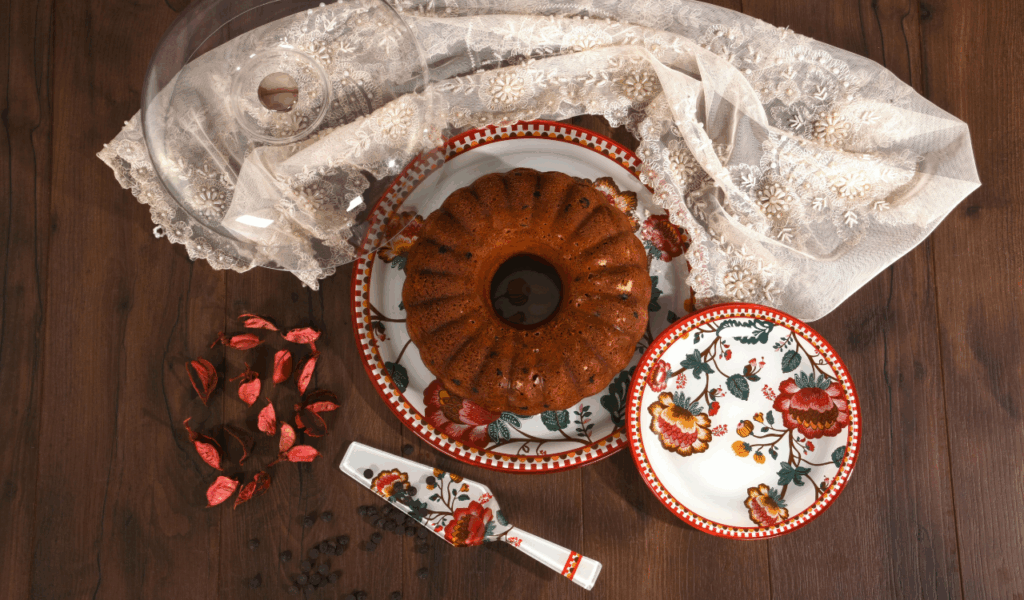
In the late 1950s, when Nordic Ware came out with the unique pan shape, bundt cakes were very popular. These cakes looked fancy but were easy to make at home. They were commonly flavored with almonds or fruit. The design made it easy to bake evenly and make a great display without having to know how to frost well. It made baking accessible to everyone; anyone could make a stunning dessert. The fact that people still love the Bundt pan shows how great this midcentury craze was.
